In the hustle and bustle of urban life, the garden serves as an oasis—a sanctuary where humans connect with nature and find solace amidst the chaos. But why stop there? By transforming your garden into a wildlife-friendly habitat, you can invite nature’s creatures to share in the beauty and bounty of your outdoor space, fostering biodiversity, ecological balance, and a deeper sense of connection with the natural world. In this comprehensive guide, we’ll explore the principles, strategies, and best practices for creating a wildlife-friendly garden habitat that welcomes birds, bees, butterflies, and other fascinating creatures into your backyard haven.
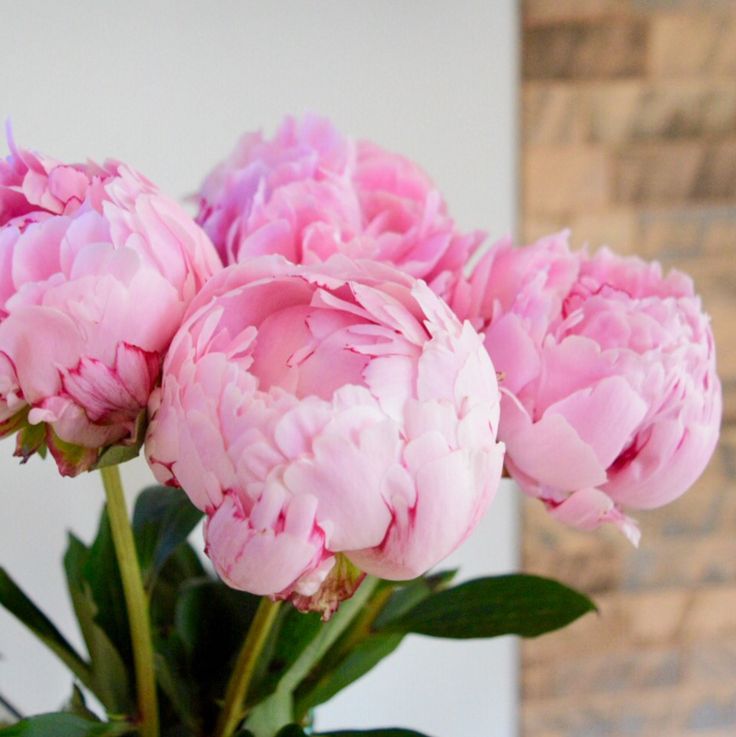


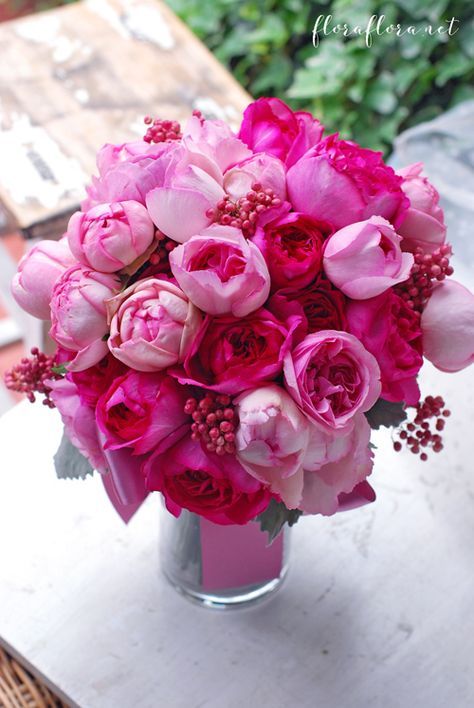

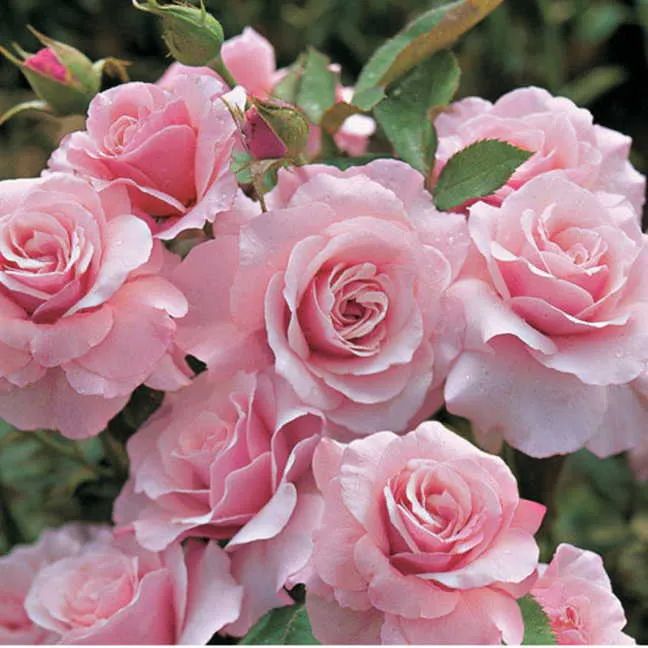
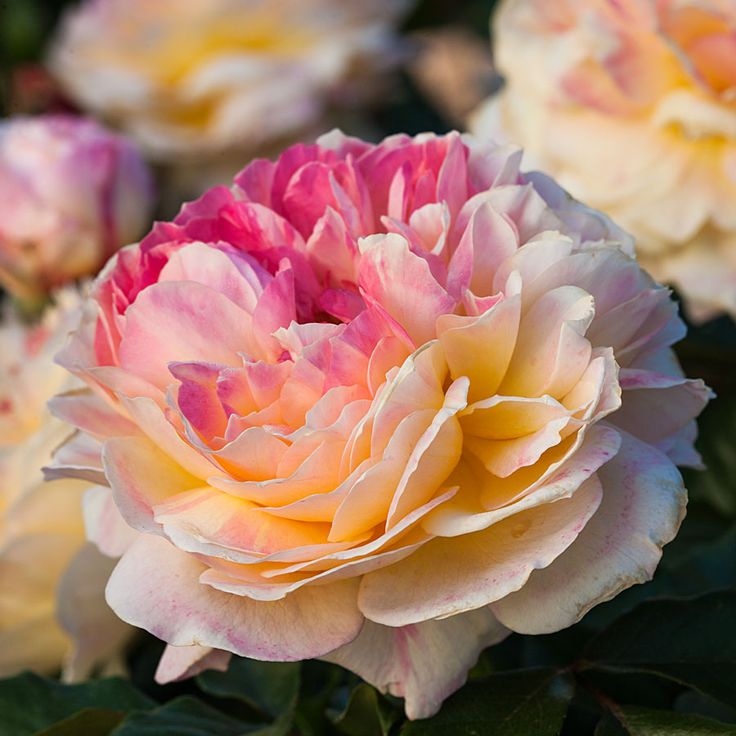
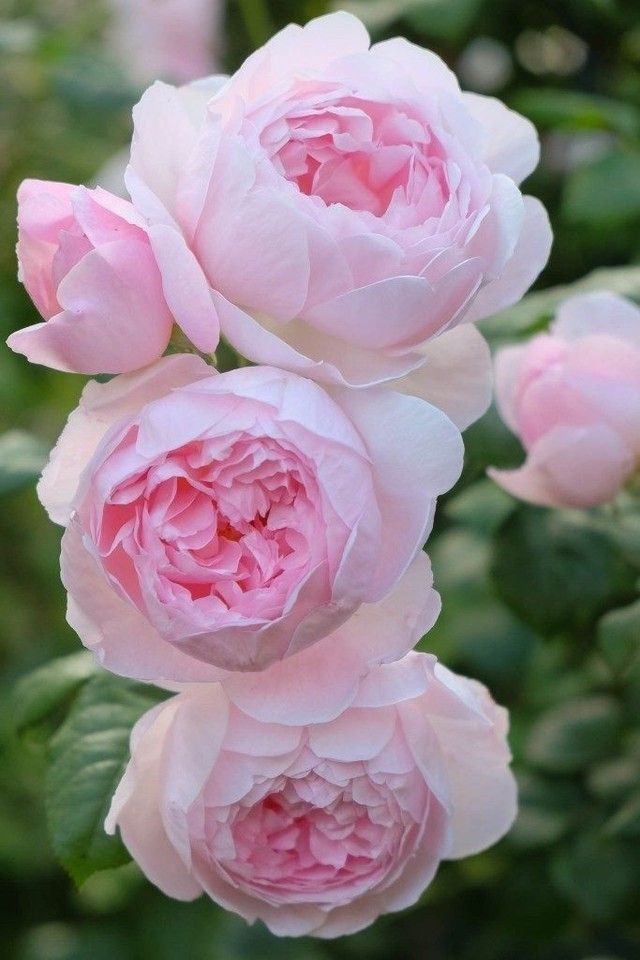
Embracing Wildlife-Friendly Gardening
Wildlife-friendly gardening is rooted in the principles of conservation, stewardship, and coexistence:
- Habitat Restoration: By providing essential elements of habitat, such as food, water, shelter, and nesting sites, gardeners can support local wildlife populations and create vital refuges in increasingly fragmented landscapes.
- Biodiversity Enhancement: Wildlife-friendly gardens promote plant diversity, native species restoration, and ecological resilience, enriching ecosystems and supporting a wide range of wildlife species, from pollinators and songbirds to amphibians and mammals.
- Environmental Education: Through observation, exploration, and interaction with wildlife, gardeners and visitors alike gain a deeper understanding of ecological processes, natural cycles, and the interconnectedness of all living things.
Essential Elements of a Wildlife-Friendly Garden Habitat
To create a welcoming habitat for wildlife in your garden, consider incorporating the following elements:
- Native Plants: Choose native plants adapted to your region’s climate, soil, and growing conditions, as they provide essential food sources, shelter, and nesting sites for local wildlife species. Select a diverse mix of trees, shrubs, wildflowers, and grasses to create layers of habitat and support a variety of wildlife needs.
- Water Features: Include water sources such as birdbaths, ponds, fountains, or shallow dishes filled with clean, fresh water to provide drinking and bathing opportunities for birds, butterflies, and other wildlife. Ensure water features are accessible and safe for wildlife to use and maintain proper hygiene to prevent the spread of disease.
- Shelter and Cover: Incorporate natural or artificial structures, such as dense shrubs, brush piles, rockeries, log piles, or nesting boxes, to provide shelter, hiding places, and nesting sites for wildlife. Create habitat diversity by offering a range of microhabitats, from open sunny areas to shady, sheltered spots.
- Food Sources: Plant a variety of nectar-rich flowers, berry-producing shrubs, fruit-bearing trees, and seed-bearing plants to attract and nourish pollinators, birds, and other wildlife. Avoid the use of chemical pesticides, herbicides, and fertilizers that can harm beneficial insects and disrupt natural food chains.
- Wildlife-Friendly Practices: Practice sustainable gardening techniques such as composting, mulching, and organic soil amendments to improve soil health, conserve water, and reduce waste. Minimize disturbance to wildlife habitats, avoid planting invasive species, and create wildlife corridors to connect fragmented landscapes and promote genetic exchange among populations.
Designing Your Wildlife-Friendly Garden Habitat
Follow these steps to design and create a wildlife-friendly garden habitat in your backyard:
- Assessment: Assess your garden site’s existing conditions, including sunlight exposure, soil type, drainage patterns, and microclimates, to determine suitable plant selections and habitat enhancements.
- Planning: Develop a garden design or layout that incorporates wildlife-friendly elements such as native plantings, water features, and shelter structures, while considering aesthetic preferences, functional needs, and maintenance requirements.
- Implementation: Install hardscape features, such as paths, patios, and seating areas, as well as softscape elements, including trees, shrubs, perennials, and groundcovers, to create a balanced and harmonious garden environment.
- Maintenance: Maintain your wildlife-friendly garden habitat through regular watering, weeding, pruning, and grooming, as well as periodic habitat enhancements, such as adding new plantings, replenishing water sources, and refreshing mulch or nesting materials.
Conclusion
Creating a wildlife-friendly garden habitat is not only a rewarding endeavor but also a vital contribution to biodiversity conservation and environmental stewardship. By embracing the principles of wildlife-friendly gardening and incorporating essential habitat elements into your garden design, you can transform your outdoor space into a vibrant haven for birds, bees, butterflies, and other fascinating creatures. Whether you have a small balcony, a suburban yard, or a sprawling estate, there are endless opportunities to cultivate a garden that nurtures both people and wildlife, fostering a deeper connection with the natural world and leaving a legacy of beauty, biodiversity, and ecological sustainability for future generations to enjoy.
FAQs (Frequently Asked Questions)
- What are some native plants that attract wildlife to the garden?
- Some native plants that attract wildlife to the garden include butterfly milkweed (Asclepias tuberosa), purple coneflower (Echinacea purpurea), eastern redbud (Cercis canadensis), serviceberry (Amelanchier spp.), goldenrod (Solidago spp.), and oak trees (Quercus spp.). These plants provide nectar, pollen, berries, seeds, and foliage for a variety of wildlife species, including butterflies, bees, birds, and mammals.
- How can I provide nesting sites for birds in my wildlife-friendly garden?
- You can provide nesting sites for birds in your garden by installing birdhouses, nesting boxes, or nesting platforms designed specifically for different bird species. Place nest boxes at appropriate heights and orientations, away from predators and disturbances, and provide nesting materials such as twigs, leaves, grasses, and feathers to encourage nesting behavior.